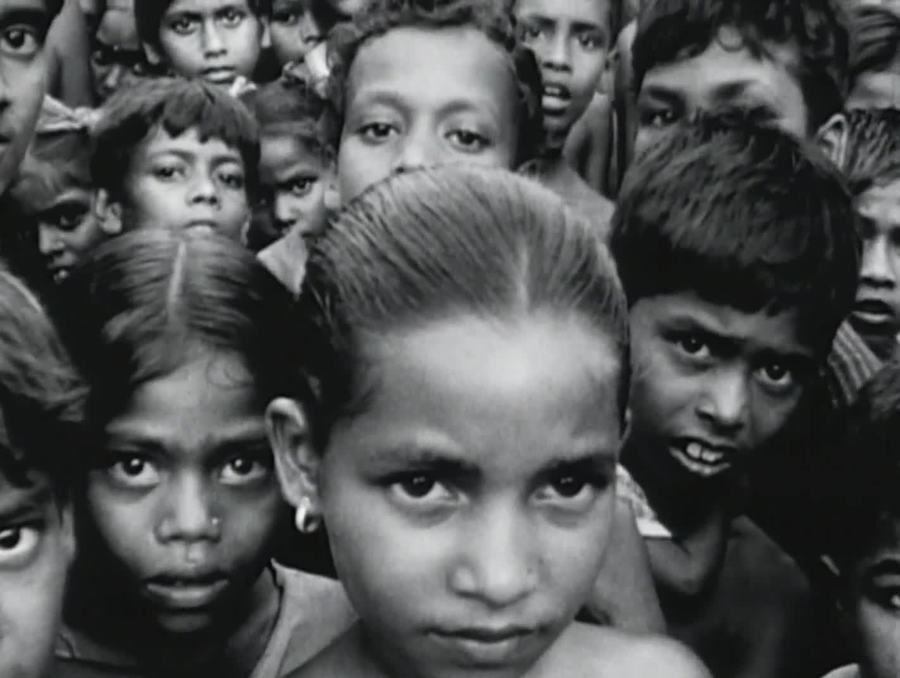I ended Pro Tip #5 with a question from filmmaker and teacher Barry Hampe (Making Documentary Films and Videos), who asks if your film is posing a question or making an assertion: “A question leads to a search for answers with the outcome not necessarily known,” he writes. “An assertion, on the other hand, starts from the conclusion and then piles up facts as proof.”
To take this further I’ll quote from my book Get Close: Lean Team Documentary Filmmaking:
“A film that asks a question invests the viewer in the search for the answer. A film that makes an assertion is only interested in validating a point of view. The 2006 documentary Who Killed the Electric Car? seems to ask a question in its title, but the film really makes an assertion that the car is dead, we know it’s dead, we are mad about it, and we probably know who killed it (big oil, big car companies). The film spends ninety minutes making these assertions, all of which could have been perhaps more succinctly explained in a magazine article.
Films that make assertions add more noise to the echo chamber. Films that ask questions invite you to be surprised, or at least exposed to a place, a people, or an idea you may know little about. Which kind of film do you think is worth spending your valuable creative energy on?
Nina Davenport (Hello Photo, Parallel Lines, Operation Filmmaker) relies on a methodology that boils down to simply following her instincts. “I like filmmaking to be a process of discovery,” she says, “to be able to start without anyone breathing down my neck, and to see where the process takes me.” This is one of the great advantages of documentary over fictional narrative: the promise of discovery.”
Documentary filmmaking is an expedition, which makes you the explorer, and successful explorers are always well prepared. Preparing is what you’re doing in this first stage of evaluating your project. You map a route, identify guideposts, pick your companions (re: your characters). and think about what you might gather along the way.
Again, from my book:
“Start by making an outline to organize your thoughts. Nobody else needs to see this—it exists only to give you a visual idea of the potential worth of your film. Identify the big picture or theme (as mentioned above), jot down a few key plot points that may or may not occur, name a few characters (or a wish list of characters you hope to meet while making the film), sketch out a possible trajectory or timeline of how you will organize your approach as a lean team filmmaker, and make a potential shot list.”
For The Church on Dauphine Street, our film about the aftermath of Hurricane Katrina, our early shot list consisted mostly of “wide-angle ideas: neighborhood, church, work crews, city atmosphere. We made six trips in all to New Orleans, and with each return trip our shot list grew longer and more specific.”
In this first early stage, think of a shot list as a way to entice you further into your project. “You are making a movie. If you have trouble imagining the concrete images that will tell your story, this is the time to consider if another medium is a better choice.”
In the next installment, we’ll talk about two key elements of any documentary: characters and momentum. Not every film needs larger-than-life, one-of-a-kind characters–real people will do. And not every film needs big moments or dramatic extremes, but be cautious if your film’s small moments don’t add up to a story worth telling.
WATCH on Kanopy: Hello Photo, Nina Davenport 4.5/5
Coming soon in Lean Team Pro Tip #7: Characters, Momentum, Timelines.

